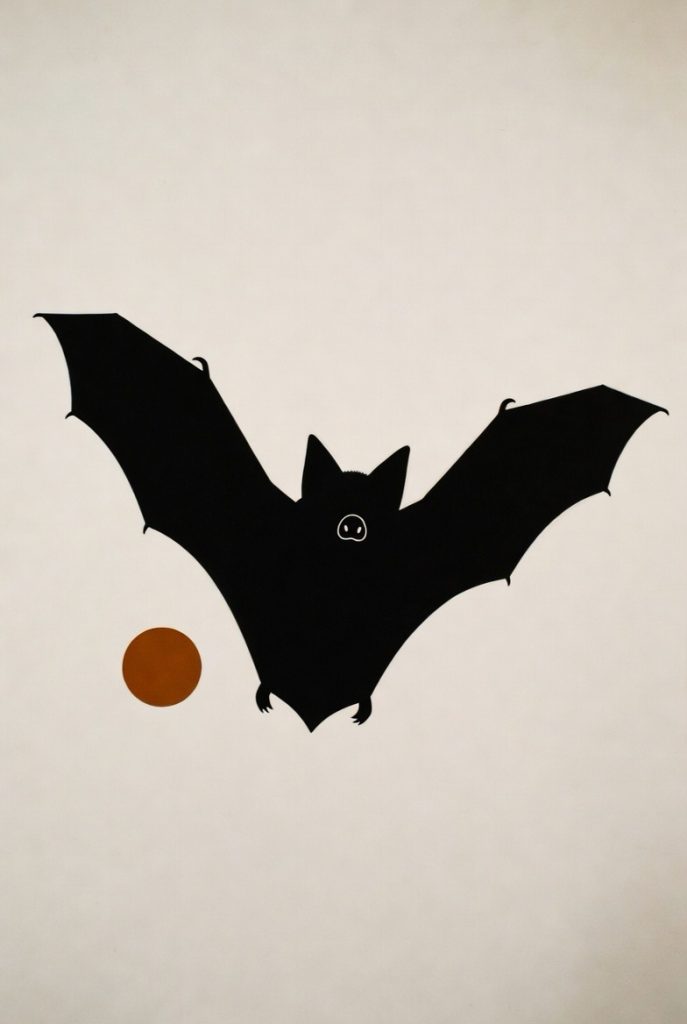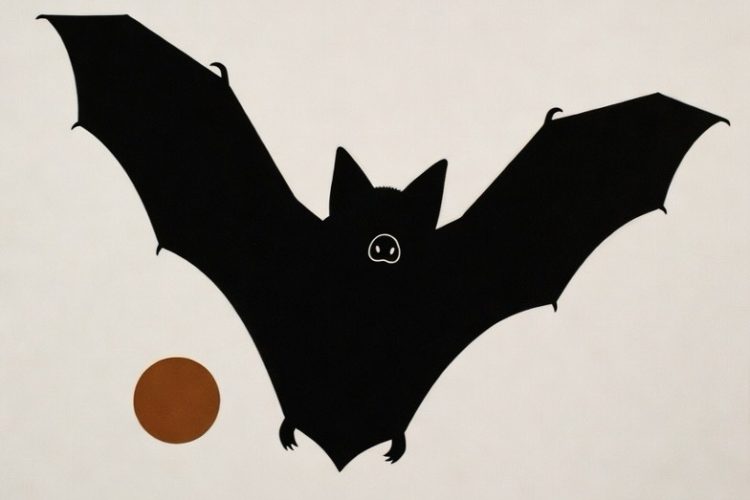Kitti’s hog-nosed bat, also known as the bumblebee bat, is the world’s smallest mammal, with an average body length of only 1.1-1.3 inches (2.8-3.3 cm) and a weight of just 0.07-0.15 ounces (2-4 grams). They are found only in a few limestone caves in western Thailand and southeastern Myanmar.
Kitti’s hog-nosed bats are insectivorous and use echolocation to navigate and locate their prey. They have distinctive pig-like noses that they use to emit high-pitched sounds to help them locate insects. They are also unique in that they are the only bat species known to live in small groups consisting of just a few individuals.
Unfortunately, Kitti’s hog-nosed bats are listed as endangered due to habitat loss and disturbance from human activities. Conservation efforts are underway to protect their habitat and raise awareness about their plight.
Long Version
Kitti’s hog-nosed bat, also known as the bumblebee bat, is a fascinating and unique mammal that is native to Thailand and Myanmar. It is the smallest bat species in the world, with adults weighing only 2 grams and measuring just 29-33 mm in length. Despite its tiny size, this bat has many remarkable adaptations that allow it to thrive in its environment.
Physical Characteristics:
Kitti’s hog-nosed bat has a distinctive appearance that sets it apart from other bats. Its fur is a light grey-brown color and it has a pig-like snout, which is where it gets its name. The snout is very short and wide, with a small mouth and nostrils located at the top. The ears are triangular and relatively large compared to the size of the bat’s body.
One of the most unique features of Kitti’s hog-nosed bat is its wings. Its wingspan is only around 15 cm, which is incredibly small for a bat. However, the bat’s wings are extremely thin and membranous, which allows it to fly with great agility and speed. It also has long, narrow wings that are pointed at the tips, which helps it to maneuver through tight spaces in its environment.
Habitat and Distribution:
Kitti’s hog-nosed bat is found in only a few locations in Thailand and Myanmar, where it inhabits limestone caves and forests. It prefers to roost in small groups of 10-20 individuals, and it typically hangs upside down from the cave ceiling or other structures using its sharp claws.
Diet:
Kitti’s hog-nosed bat is an insectivore, meaning that it feeds exclusively on insects. Its diet consists primarily of small flying insects, such as gnats and mosquitoes. To locate its prey, the bat emits high-pitched echolocation calls that bounce off of nearby objects and return to the bat’s ears. This allows the bat to navigate through its environment and pinpoint the location of potential food sources.
Behavior:
Kitti’s hog-nosed bat is a nocturnal species, meaning that it is active at night and sleeps during the day. During the day, it hangs upside down in its roosting site and grooms its fur, while at night it emerges to hunt for food. The bat is very social and communicates with other members of its group through a series of chirps and calls.
Conservation:
Kitti’s hog-nosed bat is considered to be an endangered species due to habitat loss and disturbance caused by human activities. Deforestation, limestone quarrying, and cave exploration all pose significant threats to the bat’s survival. Additionally, the bat’s small population size and limited distribution make it particularly vulnerable to extinction. Conservation efforts are underway to protect the bat’s habitat and raise public awareness about its importance.
In conclusion, Kitti’s hog-nosed bat is a remarkable and unique species that is adapted to thrive in its limestone cave and forest habitat. Despite its small size, it plays an important role in its ecosystem by helping to control insect populations. Protecting this endangered species is crucial for maintaining the biodiversity of its habitat and preserving its unique adaptations for future generations to appreciate.







